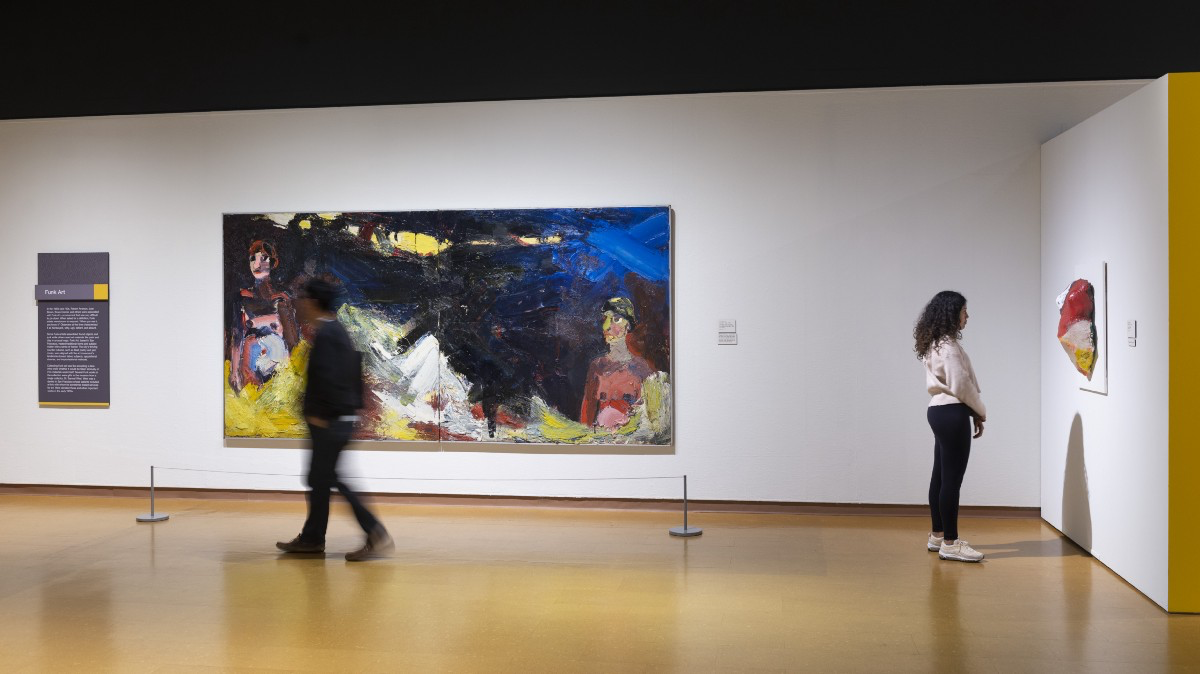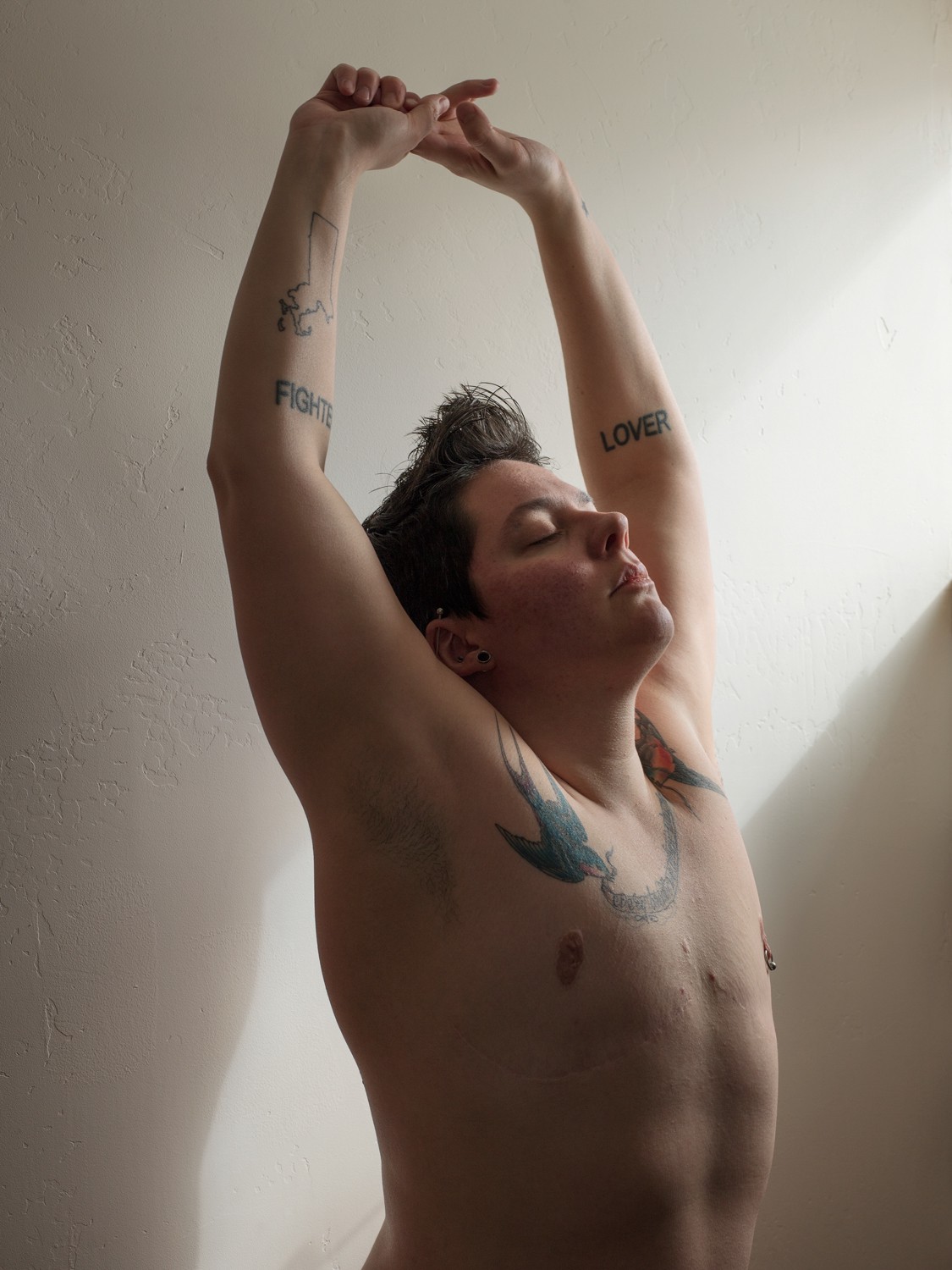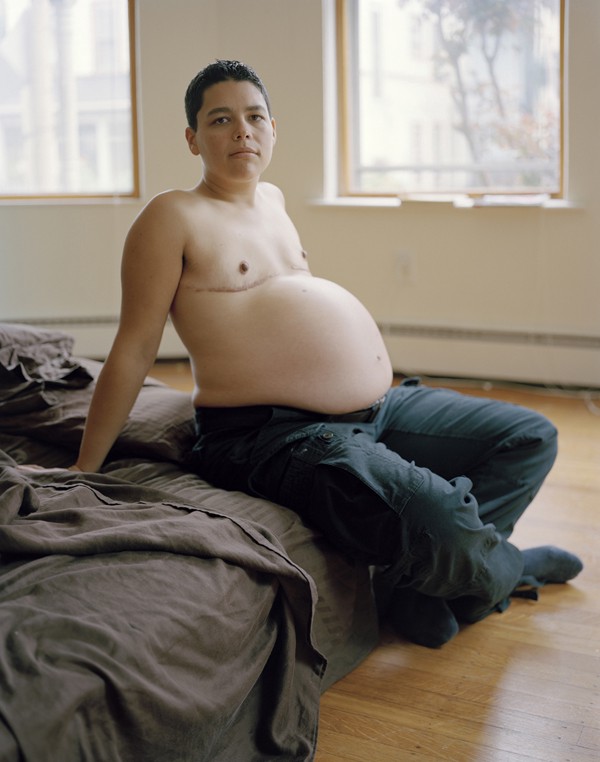An Ongoing Legacy: Introducing the New Acquisitions Fund For Diversity & Equity

From its founding in 1963, the University of New Mexico Art Museum has emphasized the importance of collecting as a foundational element of our mission to educate, connect, and inspire. Now, as the largest fine art collection in New Mexico, the UNMAM’s permanent holdings of over 30,000 objects provide access to a unmatched selection of world class art for both UNM audiences and the larger New Mexico community. The question arises, how can the museum continue this legacy of exceptional collecting while remaining relevant and responsible to its stakeholders and audiences?
UNMAM gained early notoriety for its photography and print collections — the two pillars upon which the museum’s reputation still rests today. The University of New Mexico was one of the first universities to begin collecting photography, driven in large part by the museum’s first director, Van Deren Coke. The collection now encompasses an array of images that span photography’s nearly two-hundred-year history.
1970 was a pivotal moment, marking the year the Tamarind Institute relocated to Albuquerque and established its archive at the University of New Mexico Art Museum. Founded in Los Angeles in 1960 as a means to “rescue” the dying art of lithography, Tamarind became affiliated with the UNM College of Fine Arts through its then dean Clinton Adams, one of the most significant figures in printmaking in the U.S.. Over nearly 50 years, UNMAM has maintained the Tamarind Archive, preserving multiple impressions of all lithographs executed at Tamarind from its early days in California to the present in Albuquerque.
A major gift to the collection was made in 1982 through the bequest of Raymond Jonson, a 20th century modernist painter and cofounder of the Transcendental Painting Group (1938–1942). The University now houses the Jonson collection of over 2,400 artworks, including 20th century modernist painters like Agnes Martin, Elaine DeKooning, Richard Diebenkorn, Agnes Pelton, and Josef Albers.
This rich history of collecting and acquisitions has made the UNMAM an exceptional resource to students, scholars, and art lovers throughout the state. However, like many museums across the world, staff and leadership at the UNMAM have over time become aware of the issues posed by this history.
In the last two years, the UNMAM has maintained consistent displays of work from the Permanent Collection in the museum’s main gallery, encouraging visitors to share their thoughts and comments about the work on view. Reviews have been mixed. While many patrons expressed their enjoyment and excitement at viewing these works, others noted the glaring absence of adequate representation of women artists, LGBTQ+ artists, and artists of color on the gallery walls. One such review read, “Not a single Latino or Native American artist in the show. How disappointing. How do you spell RACISM?” Another visitor asked “Where are the artists who are not white/cis-het/male/upper class/educated?” These are excellent questions!
As staff discussed ways to expand exhibitions from the permanent collection to more accurately reflect the culture and communities that the UNMAM serves, one issue rose the fore. Historic collecting agendas have typically normalized a white, masculine, heterosexual perspective while excluding other diverse voices. These tendencies have resulted in a collection that, while impressive, is inherently limited. It would be possible to temporarily increase diversity on the museum walls by carefully curating from the small number of works by women artists, LGBTQ+ artists, and artists of color already in the collection. However, this approach would be surface deep at best, failing to address the structural inequalities that have led up this point. It soon became clear that the only way to effectively carry out our mission would be to entirely change the conversation.

One way the UNMAM is currently seeking to address these issues is by launching the new Acquisitions Fund for Diversity and Equity, established to increase inclusive and meaningful representation in the Museum’s permanent collection. The Fund will support ongoing purchases in all media by artists of color, women and nonbinary artists, and LGBTQ+ artists, as well as works featuring the stories and experiences of individuals from these communities.
The following criteria will guide the selection of works purchased with this fund:
· Does this artwork embody the living practice or historical legacy of artists of color, women and nonbinary artists, or LGBTQ+ artists?
· Does this artwork reflect the diversity present within the University of New Mexico’s student body?
· Does this artwork contribute to UNM faculty members’ curriculum and teaching goals?
UNMAM Director Arif Khan expands: “Art museums across the country are waking to the need to become more diverse and inclusive in terms of collections, programs, staff, and audiences. From our founding in 1963, the UNM Art Museum has consistently collected works of art of the highest quality — art that pushes boundaries, reflects the ideas of its time, supports the research of our faculty, and complements the interests of our students. We have a responsibility to reach the broadest possible public audience and our collections should reflect the communities we serve. This fund will enable the UNM Art Museum to strategically grow its collection and present more inclusive stories that are relevant and meaningful to audiences across UNM, New Mexico, and beyond.”
The inaugural purchase of the UNMAM Acquisitions Fund for Diversity and Equity will be photographic portraits from two bodies of work by artist Jess T. Dugan, To Survive on This Shore: Photographs and Interviews with Transgender and Gender Nonconforming Older Adults and Every Breath We Drew.





The museum is currently fundraising for this purchase, as well as to seed the fund for future annual acquisitions. We welcome first-time donors and long-term art supporters interested in promoting the meaningful growth and relevance of the largest permanent collection of fine art in the state of New Mexico. Donations can be made online by going to bit.ly/acquisitions-fund, or contact Development Director Kristine Purrington to learn more.
Here at the UNMAM, we think it’s clear that art is essential. While many museum collections look back, art urges us to also look forward. The Acquisitions Fund for Diversity and Equity will help us to consistently grow and expand our permanent collection to remain relevant to our community and to evolutions in the art field, growing a trust for future generations of New Mexicans. We believe that museums bring art and people together, unlocking the capacity to dream, to connect, and to imagine a world beyond our own. We hope you’ll join us.

